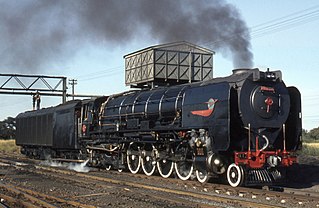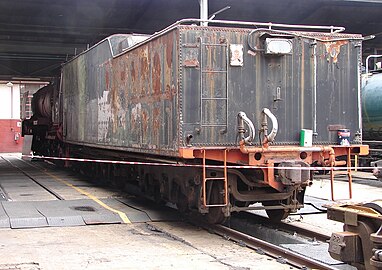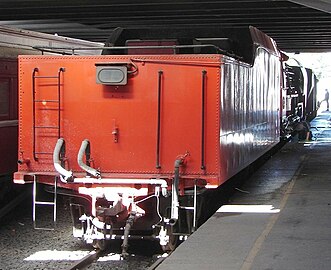
The South African Railways Class 26 4-8-4 of 1981 is a steam locomotive.

The South African type XF tender was a steam locomotive tender from the pre-Union era in Transvaal.

The South African type MP1 tender was a steam locomotive tender.

The South African type TL tender was a steam locomotive tender.

The South African type XC1 tender was a steam locomotive tender from the pre-Union era in the Cape of Good Hope.

The South African type MR tender was a steam locomotive tender.
The South African type LP tender was a steam locomotive tender.

The South African type HT tender was a steam locomotive tender.
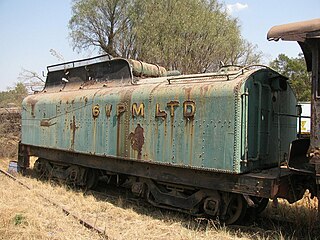
The South African type GT tender was a steam locomotive tender.
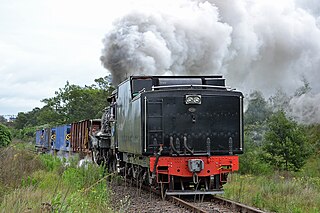
The South African type MT tender was a steam locomotive tender.
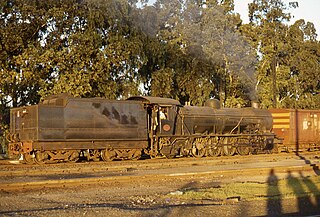
The South African type MT1 tender was a steam locomotive tender.

The South African type MT2 tender was a steam locomotive tender.
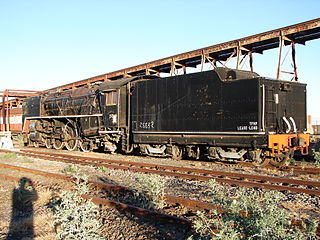
The South African type JT tender was a steam locomotive tender.

The South African type FT tender was a steam locomotive tender.
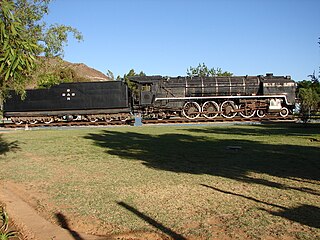
The South African type EW tender was a steam locomotive tender.

The South African type ET tender was a steam locomotive tender.
The South African type ET1 tender was a steam locomotive tender.

The South African type CZ tender was a condensing steam locomotive tender.

The South African type EW2 tender was a steam locomotive tender.




